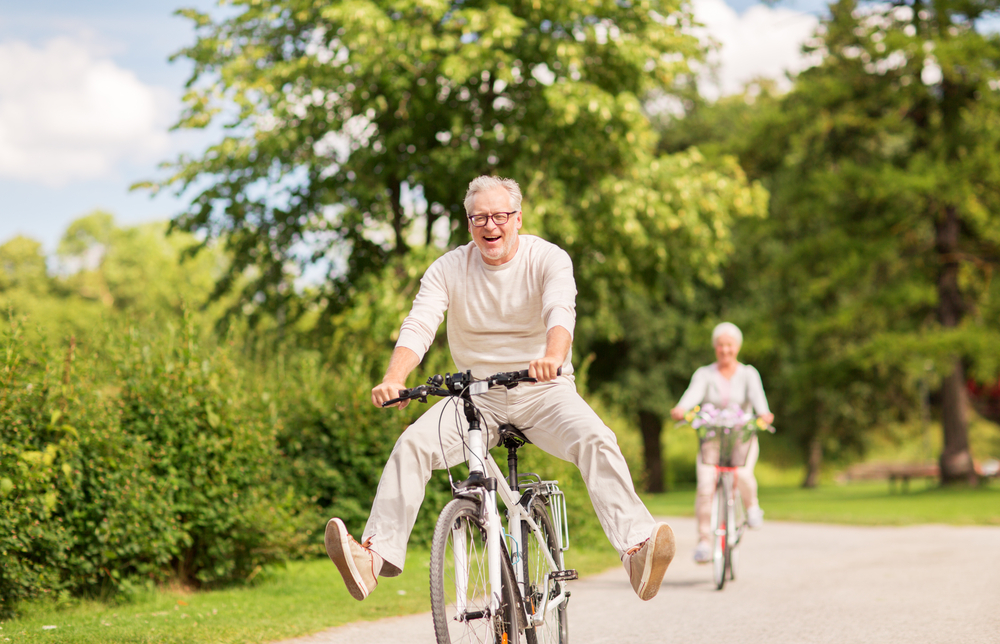In the journey of aging, embracing regular physical activity is not just a lifestyle choice but a cornerstone for maintaining overall well-being. For older adults, the consistent practice of exercise transcends the mere pursuit of physical health, weaving its benefits into the fabric of mental, emotional, and social wellness.
Engaging in regular exercise, activities such as walking, swimming, or gentle yoga, plays a critical role in preserving and enhancing physical health. It bolsters muscle strength, crucial for reducing fall risk – a prevalent concern among seniors. Strengthened muscles contribute to improved balance and coordination, fostering greater independence and mobility. Additionally, cardiovascular health receives a significant boost from routine physical activity, crucial for heart disease and stroke prevention. Exercise aids in regulating blood pressure and cholesterol, vital parameters for sustaining a healthy heart.
Beyond the physical, the impact of exercise on mental health is profound. Regular physical activity acts as a natural combatant against depression and anxiety, with the release of endorphins during exercise enhancing mood and overall feelings of well-being. This mood-boosting effect of exercise is so potent that it can, in some instances, rival the efficacy of medications for mild depression. Cognitive health, too, benefits immensely, with exercise being linked to reduced risks of cognitive decline and conditions like Alzheimer’s disease. This is attributed to the increased blood flow to the brain during physical activity, which promotes the growth and health of brain cells, thus bolstering cognitive functions.

The social and emotional advantages of engaging in physical activities, particularly those in group settings, are equally significant. Activities that involve social interaction, such as group walks, dance classes, or swimming sessions, offer much-needed social engagement, reducing feelings of loneliness and isolation that often accompany aging. This aspect of physical activity not only nourishes the body but also the soul, leading to improved emotional health and a greater sense of connectedness.
For older adults, establishing a routine that incorporates physical activity is key to reaping these diverse benefits. The choice of activity should align with personal interests and physical capabilities, ensuring it is both enjoyable and sustainable. Low-impact exercises are often recommended to minimize strain and maximize enjoyment. However, it’s crucial for seniors to consult healthcare providers before embarking on new exercise regimens, particularly if they have pre-existing health conditions. This ensures that their chosen form of exercise is safe and appropriately tailored to their health needs.

In essence, regular physical activity for older adults is a multi-dimensional pillar of health. It is not solely about maintaining physical fitness but encompasses nurturing the mind, enriching social life, and uplifting emotional health. It is about enhancing the quality of life in the golden years, ensuring that these years are not just lived but are lived well. Regular exercise in older adulthood is less about the quantity of years added to life and more about the quality of life added to each year. It’s a vital ingredient for aging gracefully and embracing the fullness of life’s later chapters.

